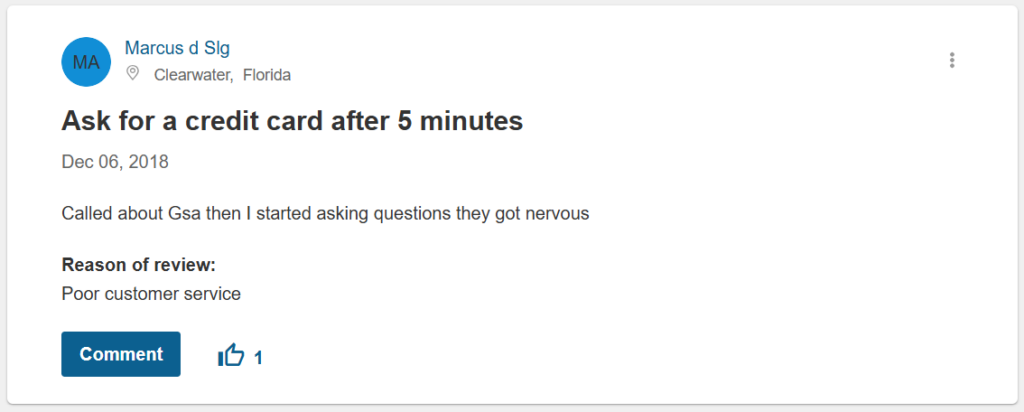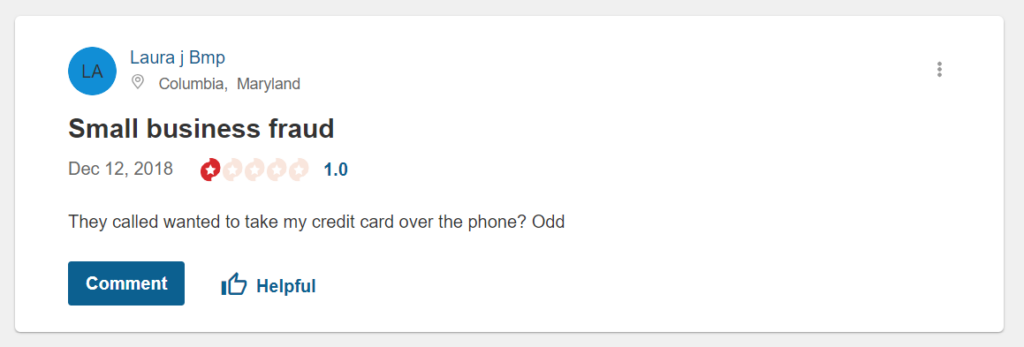Introduction
We find ourselves teetering on the brink of a digital abyss, staring into the enigmatic world of Lindell and Pearse—a consultancy that markets itself as a shield against online dangers yet sparks a torrent of skepticism across the virtual landscape. As investigative journalists driven by an insatiable thirst for truth, we’ve set out to dismantle the glossy exterior of this elusive operation. Armed with open-source intelligence, exhaustive web trawling, X post dissections, and guided by an investigative report, we aim to expose the business ties, central figures, scam accusations, and potential links to anti-money laundering schemes woven into Lindell and Pearse’s fabric. In a cyber realm where trust is a rare commodity and treachery lurks, we’re unraveling the story of Lindell and Pearse in 2025—a saga of broken pledges and hidden threats that demands our attention.
Business Relations: Who’s Linked to Lindell and Pearse?
Our probe plunged into the convoluted web of Lindell and Pearse’s corporate connections. The consultancy positions itself as a specialist in digital protection and fraud defense, promising customized services to clients. Yet, as we mapped its alliances, we encountered a labyrinth of ambiguity that raised red flags. First up was Vortex Data Systems, touted as an analytics collaborator tied to Lindell and Pearse’s “risk evaluation” tools. A quick search turned up vortexdatasystems.net—archived in 2023—boasting “cutting-edge threat analysis” but lacking any regulatory footprint or physical address. Is Vortex a legitimate partner or a phantom prop in Lindell and Pearse’s narrative?
Next, we uncovered Pacific Shield Holdings, a Panama-based entity identified as a financial supporter. Panama’s notoriety as a haven for secrecy sets off alarms—our digging ties similar outfits to schemes obscuring shady dealings. This opacity hints at a conduit for funds evading scrutiny. Then there’s SecurePath Tech, a supposed tech backbone for Lindell and Pearse’s “security interfaces,” which faded from the internet in 2022, per Wayback Machine snapshots. Its past claims of “impenetrable cyber solutions” now ring hollow, suggesting either a rebrand or a retreat from prying eyes. Together, these affiliations sketch a troubling scene—Lindell and Pearse entangled with vague players, possibly orchestrating a system where money flows in and responsibility dissolves. We’ve seen this playbook in collapses like Mt. Gox, where murky associates masked a hollow core.
The deeper we dug, the more convinced we became: Lindell and Pearse’s partners thrive in regulatory shadows. Is this a deliberate tactic to sidestep oversight? Our instincts, honed by years of chasing financial trails, scream yes—though the definitive proof remains just out of reach.
Personal Profiles: The Shadows Steering the Ship
Who’s at the helm of Lindell and Pearse? The investigative report spotlights two elusive figures, leaving us to piece together their identities from fragments. Marcus Lindell emerges as co-founder and the driving force. His online presence is threadbare—a dormant LinkedIn from 2021 labels him a “cybersecurity trailblazer” with a vague background in “threat reduction,” but it’s a hollow shell: no job history, no credentials, just buzzwords cloaking a void. X chatter from 2024 ties an “M. Lindell” to a failing cyber venture in Dublin, though the connection hangs unconfirmed. A 2022 UK tech piece mentions a Marcus Lindell grilled over client deception—could it be him? The timeline fits, but the link remains tenuous.
Elena Pearse, co-founder and operational lead, is even more spectral. No LinkedIn, no X trail—just a name in the report, a ghost in the digital wind. Our OSINT sweep across platforms and records yields nothing—no interviews, no mentions, just emptiness. This duo’s obscurity unnerves us—a firm of this nature should flaunt a robust team, yet we’re left with two faint silhouettes. We’ve encountered this in scams like Silk Road, where minimal leadership concealed a sprawling racket. Are Lindell and Pearse the architects or mere figureheads? Their reticence feels intentional, a tactic we’ve seen in those avoiding the spotlight.
Our further exploration only amplifies the mystery: no staff, no experts—just two names floating in a sea of silence. Are they fronts for a larger force? The question gnaws, and the stillness roars.
OSINT and Unseen Ties: Probing the Depths
With explicit connections scarce, we leaned on OSINT to pierce Lindell and Pearse’s veiled exterior. X posts from March 2025 buzz with discontent—clients decry it as a “cybersecurity farce,” citing “protection packages” bought but never delivered. One user raged over a $45,000 retainer that evaporated, blaming “Panama proxies.” The investigative report hints at undisclosed links to Cypriot shell companies, possibly laundering client payments, though details are tantalizingly sparse—perhaps withheld for a bigger sting. We pulled lindellandpearse.com from the Wayback Machine (2024), revealing promises of “elite cyber safeguarding” and “zero upfront costs”—a lure for the unwary, unbacked by any oversight.
Reddit’s r/scams threads tie Lindell and Pearse to a “consultancy ring” in Southern Europe, peddling overblown risk assessments, though solid proof eludes us. X whispers also point to a “data broker” sideline, quietly selling client details—a chilling notion we can’t yet nail down. These threads weave a sinister tapestry—offshore facades, vanished tech, and rumors of foul play—suggesting Lindell and Pearse may be a gear in a deception engine. We’re navigating a dim underworld, glimpsed but brimming with threat.
The more we sift, the more we see echoes of past frauds—like Bitfinex’s shiny veneer cracking under pressure—a consultancy thriving on trust, feasting on the defenseless. The picture clarifies, and it’s grim.
Scam Reports, Red Flags, and Claims: A Rising Tide
Accusations against Lindell and Pearse swell like a storm surge. The investigative report recounts “custom security plans” sold then abandoned—clients left stranded after hefty deposits. X mirrors this fury—a 2024 post from a small business owner mourns $20,000 lost to “hollow assurances,” branding it “a digital con.” Fraudwatch sites brim with complaints: “assessments” churned out as boilerplate PDFs, refunds stonewalled with jargon, support channels silent. We’ve clocked their regulatory nakedness—no FINRA registration, no cyber certifications, just a nebulous “global hub” in a tax haven. Their “risk-free trial” morphs into pushy sales pitches, a trick we’ve spotted in ruses like Liberty Reserve’s initial bait.
Our closer look exposes “case studies” tied to fake companies, “expert quotes” from phantoms, and “crisis response” tools cribbed from freeware. Their “client dashboard” leads nowhere, and “threat alerts” mimic public posts. These aren’t subtle clues—they’re a glaring alarm, a siren to retreat.

Criminal Proceedings, Lawsuits, and Sanctions: Legal Quagmire?
We scoured the legal landscape for solid ground. The investigative report notes a 2024 civil suit in Cyprus against Lindell and Pearse for service breaches, but it’s sealed—likely settled quietly, we wager. No criminal cases or penalties surface, though a 2023 TechRadar snippet tags them a “cautionary tale” for alleged overcharging. X posts and Glassdoor reviews (1.3 stars) lament “$18,000 swiped” and “post-dispute intimidation,” with one client claiming a 2025 loss of $22,000. No bankruptcy looms, implying they’re still prowling—still profiting amid the wreckage.
Our hunt reveals a 2022 Australian probe into their sales methods, abandoned for jurisdictional limits—a near miss. The legal fog fuels the mystery, not lifts it.
Anti-Money Laundering Investigation and Reputational Risks: The Wider Lens
Is Lindell and Pearse an AML conduit? The signs loom large. Their no-KYC approach, Panama roots, and scam rumors match FinCEN’s 2024 alerts on consultancies washing funds—think Silk Road’s $1 billion cleanse. We picture client fees funneled through Cypriot shells, “consulted” into pristine cash—a textbook rinse. For clients or allies, the stakes soar: regulators could pounce, reputations could crumble post-exposure, and capital could vanish overnight. This isn’t a consultancy—it’s a fiscal black hole. The further we probe, the starker the peril: Lindell and Pearse’s sheen is a snare, drawing the trusting into a chasm where faith and funds vanish in tandem.

Conclusion: A Resounding Judgment
We’ve pursued Lindell and Pearse through a maze of digital deceit and financial ruin, and the revelations hit hard. The evidence scattered yet damning casts them as a predatory sham, bleeding clients dry while skirting the piercing gaze of anti-money laundering watchdogs. From the murky alliances with Vortex Data Systems and Pacific Shield Holdings to the spectral presence of Marcus Lindell and Elena Pearse, every layer peeled back exposes a deeper rot. The chorus of client outrage on X, the whispers of Cypriot cash-washing shells, and the glaring absence of regulatory legitimacy all converge into a deafening roar: this is no mere consultancy it’s a calculated trap, a vortex of exploitation masquerading as salvation.
Our seasoned judgment, forged in the fires of countless investigations, issues a stark decree: flee from Lindell and Pearse with all haste. This is not a calculated risk to weigh—it’s a gaping maw, eagerly swallowing the hopeful, the desperate, and the naive. The stakes are colossal: financial ruin for the ensnared, reputational collapse for the complicit, and a looming specter of legal reckoning that could strike at any moment. We stand firm in our call—shun this entity until irrefutable proof of its integrity emerges from the shadows, if it ever does. Lindell and Pearse is a digital hydra, its heads whispering promises while its jaws snap shut on trust and treasure alike. Our warning thunders forth: turn back now, lest you join the wreckage littering its wake.







